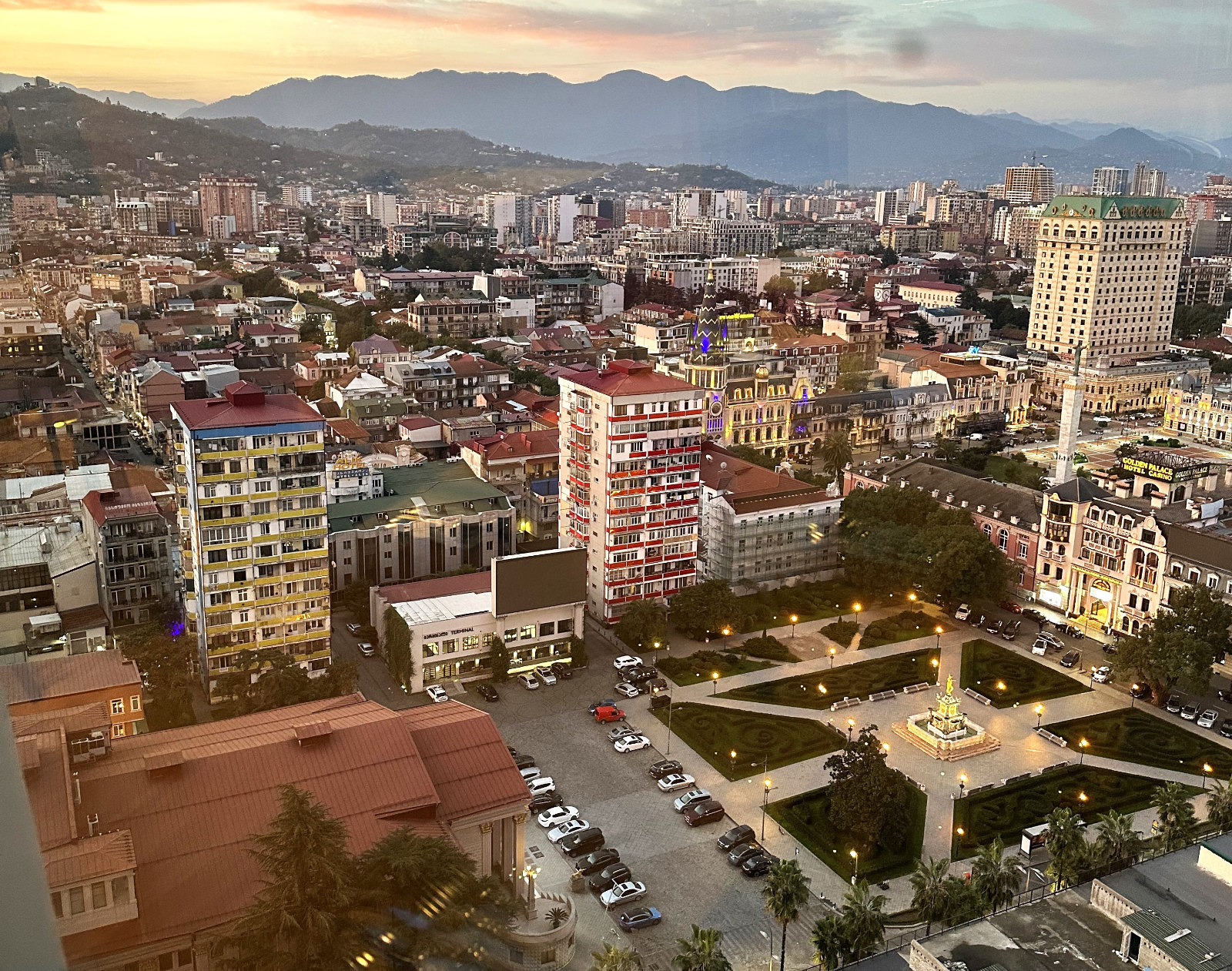
Volante
Tom Teicholz heads to Georgia’s second city, where he finds familiarity and wonderful hospitality—topped by the extravagant supra feast
Photographed by the author




Above, from top:
Downtown Batumi. Batumi’s changing skyline. Historical façades preserved in the city. The White House, a large synagogue in this multicultural city.
We’ve seen too many weeks of heartbreaking and emotionally exhausting world events. For a refreshing counterpoint, join us on an armchair voyage to Batumi, a resort enclave on the southeast corner of the Black Sea, a little-known and glorious city about to take flight in the Republic of Georgia’s autonomous region of Adjara.
Batumi, an historic destination for travellers from east and west, is a deep-water port that, by the late 19th century, had become a commercial hub for the Russian oil business, famed as well for the cultivation of Chinese tea. Batumi today is Georgia’s second largest city after the capital Tbilisi, and a four-season resort. You’ve never heard of Batumi? First, locate Georgia on a map.
Georgia straddles east and west, with Russia on its eastern border, and Türkiye on its western border. In 2008, Russia invaded Georgia and continues to occupy 20 per cent of the country on the eastern frontier. Batumi sits on the water, approximately 20 km (12 miles) from Türkiye’s northeast Black Sea border, an hour’s flight from Tbilisi and only five hours by fast train. A new highway is being built that will make the drive from Tbilisi easier and quicker.
Batumi recollects Monte Carlo, Vegas, Miami, Rio, Bahia, the south of France, even Los Angeles and Santa Monica. What may distinguish it is the vivid Georgian tradition of hospitality.
Batumi resembles Monte Carlo—it’s a seaside destination where gambling is legal. You’ll discover a half-dozen casinos, with more on the horizon, ranging from smaller European-style gaming rooms such as the opulently decorated Empire at Le Meridien Hotel; the smaller but glitzier Golden Palace; and the Iveria at the Radisson Blu, less hard-core and friendlier to a non-serious gambler. All of these casinos feature roulette, slots, poker tables, and some offer blackjack, and Texas Hold ’Em games. Stakes are low, and minimum bets reasonable.
If, however, you seek more of a Las Vegas experience, then head for the Eclipse Casino which is open 24–7, consists of two floors with a bar and restaurant, and on weekends has live music and shows. The Eclipse slot machines offer the highest jackpot in the city.
You might also call Batumi Georgia’s Miami Beach or even its Rio de Janeiro. The beach borders a pedestrian boardwalk, a green belt, and a bicycle path which runs alongside Batumi Boulevard, a 7 km (4·5 mile) historic stretch of road that meanders past gardens and into the old city. It acts as a buffer to hotels, restaurants, and skyscrapers which rise in quick succession as you head away from the port.
The gentle Black Sea waters are calm rather than wave-filled, some rocky rather than sandy, thus Batumi’s beachfront might summon visions of the south of France. Sunbathing at your hotel’s beach club, you might think you are in St Tropez. The Iveria Beach Club has chaises, recliners, a restaurant, a lounge and a pier—with food and drink service—on the backdrop of a breathtaking sea view.
Batumi Boulevard leads you past a seaside ferris wheel, as well as an 1882 lighthouse, the iconic Alphabetic Tower, which is more than 130 m (400 ft) tall. You can’t ignore the strangely compelling 8 m (25 ft) high kinetic sculpture by Georgian artist Tamara Kvesitadze of Ali and Nino, based on Kurban Said’s famous novel of the same name.
continued below






Above, from top: Beachside in Batumi. A busy harbour. Statue of Medea holding the golden fleece. Statue of Ali and Nino by Tamara Kvesitadze. A brick of Liu tea. At the Botanical Garden.
Beachside and the casinos aside, Batumi’s historic centre might remind you of Brazil’s Bahia, with cobblestoned streets and its elegant Europe Square, which has 19th- and early 20th-century classical architecture, lively cafés and a restaurant scene. There presides the statue of Medea holding the Golden Fleece, symbol of authority. Legend has it that you’re standing where Medea’s kingdom, Colchis, was located in ancient times.
Hovering in the distance are the spires of the Gothic Revival style Church of the Blessed Virgin Mary, a Georgian Orthodox cathedral built in 1897, which during the Soviet era, was used as a high-voltage laboratory. Not far away is the slightly older Church of St Nicholas built during the Ottoman Empire by Batumi’s Greek Orthodox community. But Georgia welcomes all faiths. Batumi has a large synagogue dating to 1904, called the White House, because of its impressive façade. You can also visit the Batumi Mosque built in 1866 by a Muslim Georgian nobleman.
A side trip is advisable to the world-class Batumi Botanical Garden. Established in 1912, the garden boasts 108 ha (275 acres) of subtropical gardens including more than a half-mile of shoreline on the Black Sea. You can stroll, hike, and even camp, while taking in the beauty of flora from east Asia, New Zealand, South America, Australia, the Himalayas, and México. Be sure to visit the 140-year-old bonsai garden. Nearby is the site of the Botanic Condominium complex, which will include luxury and amenity-filled residences alongside an entertainment and shopping complex with swimming facilities, a health club, and a restaurant. Batumi is also in the process of opening an Alpine Garden in the nearby Adjara mountainous region. Adjara plans to develop the Goderdzi ski resort to accommodate an influx of visitors. In this way, Batumi has aspects of Los Angeles and Santa Monica, because you can go from the sea to the ski slopes in two hours. On the far side of the Black Sea Bay, a real estate development has begun building a palm-shaped development, like the famous Dubai Palm Jumeirah. Several new luxury hotels are under construction, including the much-anticipated Kengo Kuma designed Silk Towers and the Batumi Riviera.
To understand the history of Batumi better, pop into the Nobel Technology Museum, a modest collection housed in a building that once was the headquarters for Swedish inventors and businessmen Robert and Ludvig Nobel. Their brother Alfred invented dynamite and donated his fortune to fund the Nobel Prizes. Robert travelled to Baku on the Caspian Sea, founded Branobel, an oil company, and partnered with Alexander Mantashev, a Georgian of Armenian descent and Stepan Lianozov, a Russian of Armenian descent, to such success that, at one point, they accounted for 50 per cent of the country’s oil production. In 1883, Ludvig Nobel approached Alphonse de Rothschild of the French banking family to partner on building a railway from Baku to Batumi. They used brother Alfred’s dynamite to carve the railroad through the mountains. Rothschild later established the Caspian and Black Sea Oil Company to compete with Standard Oil in the United States. By the early 20th century, Batumi was recognized as a portofranco, a deep-water port. It had by then become a booming seaport.
The Nobel museum also tells the story of how Batumi became a centre for the cultivation of Chinese tea. In 1893 a Russian businessman and tea trader brought an experienced tea grower named Liu Junzhou to Batumi to supervise the planting of 32 ha (80 acres) of tea, and to build a tea factory. By 1900, they had expanded and formulated a black tea that won first prize at the 1900 World’s Fair in Paris. That tea, called Liu tea, is still served in Georgia.
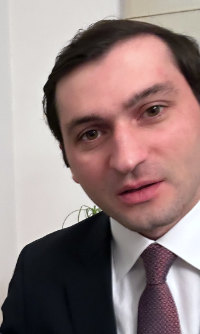 Even more remarkably, 125 years ago Batumi was already an international destination where different cultures, religions, races, and ethnicities lived together not just in peace but in building the local economy and fostering international trade. Since 2018, the province of Adjara is led by Tornike Rijvadze, a 34-year-old dynamo (pictured at right) educated at Tbilisi and Batumi State universities. He has degrees in law and business, and a graduate law degree from the University of London. Under his stewardship, Batumi successfully weathered the pandemic. Subsequent tourism revenues have grown by 30 per cent.
Even more remarkably, 125 years ago Batumi was already an international destination where different cultures, religions, races, and ethnicities lived together not just in peace but in building the local economy and fostering international trade. Since 2018, the province of Adjara is led by Tornike Rijvadze, a 34-year-old dynamo (pictured at right) educated at Tbilisi and Batumi State universities. He has degrees in law and business, and a graduate law degree from the University of London. Under his stewardship, Batumi successfully weathered the pandemic. Subsequent tourism revenues have grown by 30 per cent.
While Adjara is building a new airport, and a new peripheral highway, Rijvadze is also focused on upgrading the critical infrastructure, streets, schools and hospitals for the benefit of the social and health care needs of the local population. ‘Our vision is to create a place where all our citizens enjoy peace, prosperity and continuous economic development. Our mission is to act in the best interests of our cities and our citizens,’ Rijvadze said. Among the amenities is the Adjarabet Arena, Batumi’s brand new 20,000-seat football stadium, which opened in 2020. It resembles Beijing’s Bird Nest Olympic stadium.
As the Batumi skyline grows, the government remains committed to increasing affordable housing for its citizens. Several former government buildings are finding new uses in the private sector, such as the Rooms hotel, recently opened, with a rooftop pool and bar and broad harbour views. Similarly, in cooperation with the government, Batumi has established a Tech Lab with co-working spaces and incentives for start-ups and tech companies. Batumi continues to be a transit corridor for goods and products, particularly at a time of regional supply chain disruption.
The warmth of the Georgian people is never far from the surface. You might find yourself at dinner, in the thick of a Georgian feast, having toasts made to you because Georgians believe, as they like to say, that ‘a guest is a gift from God.’ Soon enough, you’ll be making toasts yourself.
A Georgian supra or feast often begins with a variety of small plates such as fried eggplant with walnut sauce, or a salad with Georgian cheese. The first course is often a katchapuri—think Georgian pizza—a boat-shaped doughy vessel for cheese. Adjarans believe their katchapuri on which egg and butter are mixed onto the cheese is the perfect first course. This is often followed by khinkali, a Chinese-style soup dumpling the size of a dessert plate that is filled with spiced meat and is eaten by hand. The main course might include a delicious chermkuli fried chicken in white garlic sauce, roast pork or meat kebabs, with side dishes of cooked eggplant sometimes in a walnut or pomegranate sauce, or plov, a rice dish. The endless feast often completes with far too many cakes.
This traditional three-to-four course meal is anchored by the tamada, the head of the table, roughly equivalent to the MC, whose job is to punctuate the evening with a series of ritualized, extravagant toasts—to God, to our ancestors, to international friendship, to you, all made with chacha, the Georgian grappa, washed down with white or red Georgian wine from the Khaketi region. It is not difficult to over-consume French-style wine from the Tsinandali vineyard. At the end of a supra, everyone loves everyone, and you begin to sense why Batumi and Georgia are remarkable.
Georgia is magic, and Adjara and Batumi have their own special allure. To leave is to want to return soon. Writers have long fallen under their spell. Alexandre Dumas called the wine region estate of Tsinandali ‘a garden of Eden’. Anton Chekov called the countryside surrounding Batumi, ‘poetry’—proof positive, we can safely conclude, that they both had attended supras. •
Tom Teicholz is an award-winning Los Angeles-based journalist and a guest contributor to Lucire.
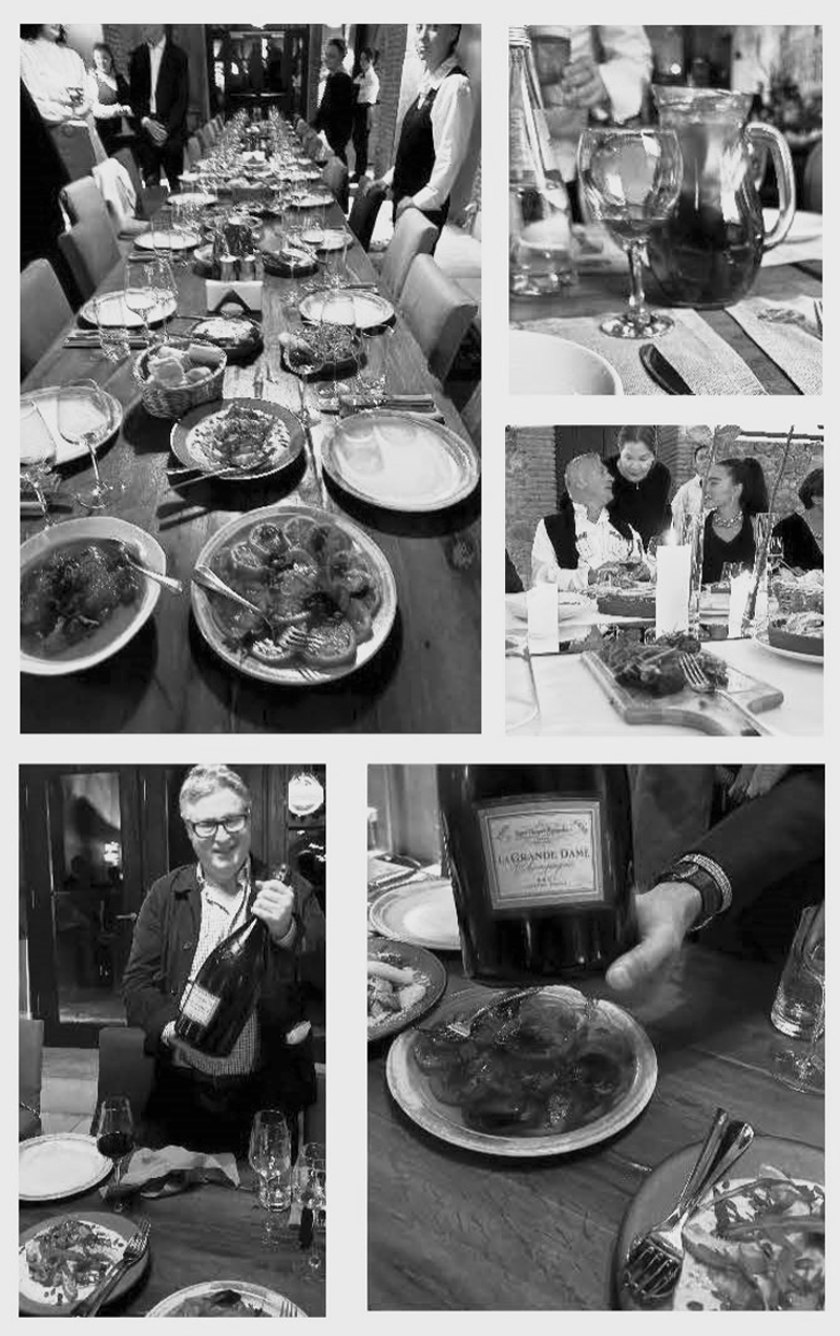
Related articles hand-picked by our editors
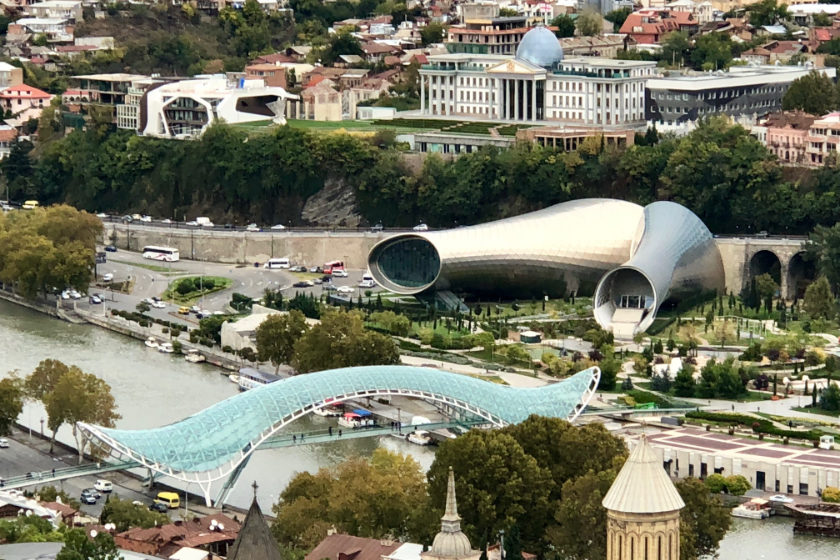
Some tangled vines in Georgia
George Rush weathers Georgian hospitality and stumbles into intrigue as he mixes with everyone from a Nobel-nominated poet to Trump-haunted plutocrats
Photographed by the author
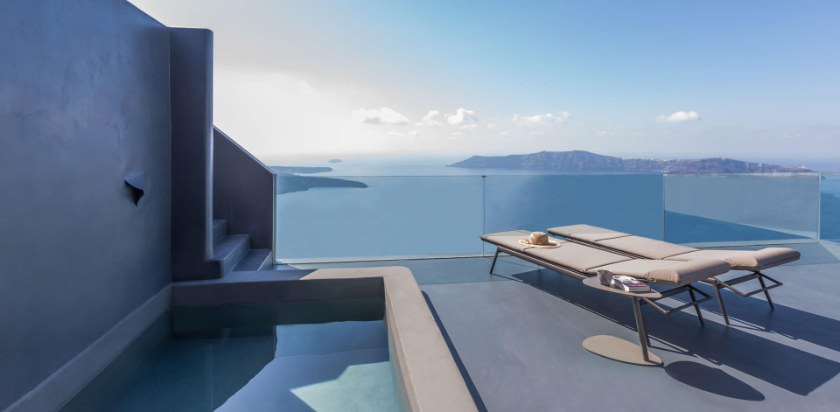
When Greece reopens, head for the islands
Stanley Moss is looking at the top properties to head to once travel restrictions ease, and where better than two destinations in the Greek islands?
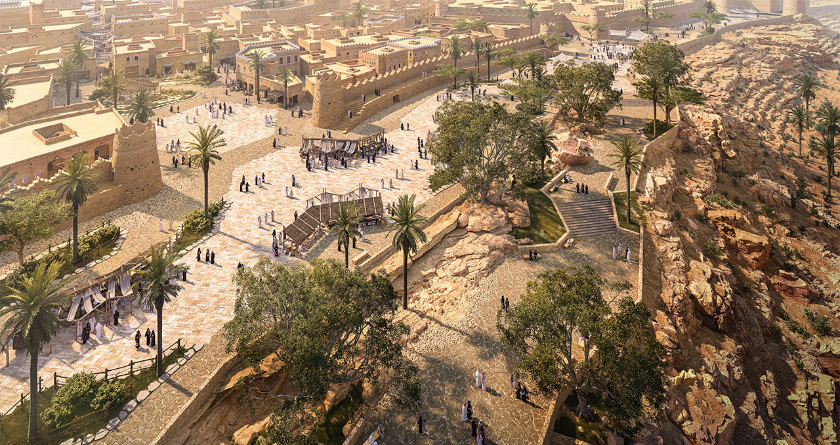
Future directions for the one and only Diriyah Gate
Lucire KSA meets the CEO of the Diriyah Gate Development Authority, Jerry Inzerillo, who shares insights into the future plans for the UNESCO historical site. Taha Sakr speaks with him
From the August 2021 issue of Lucire KSA